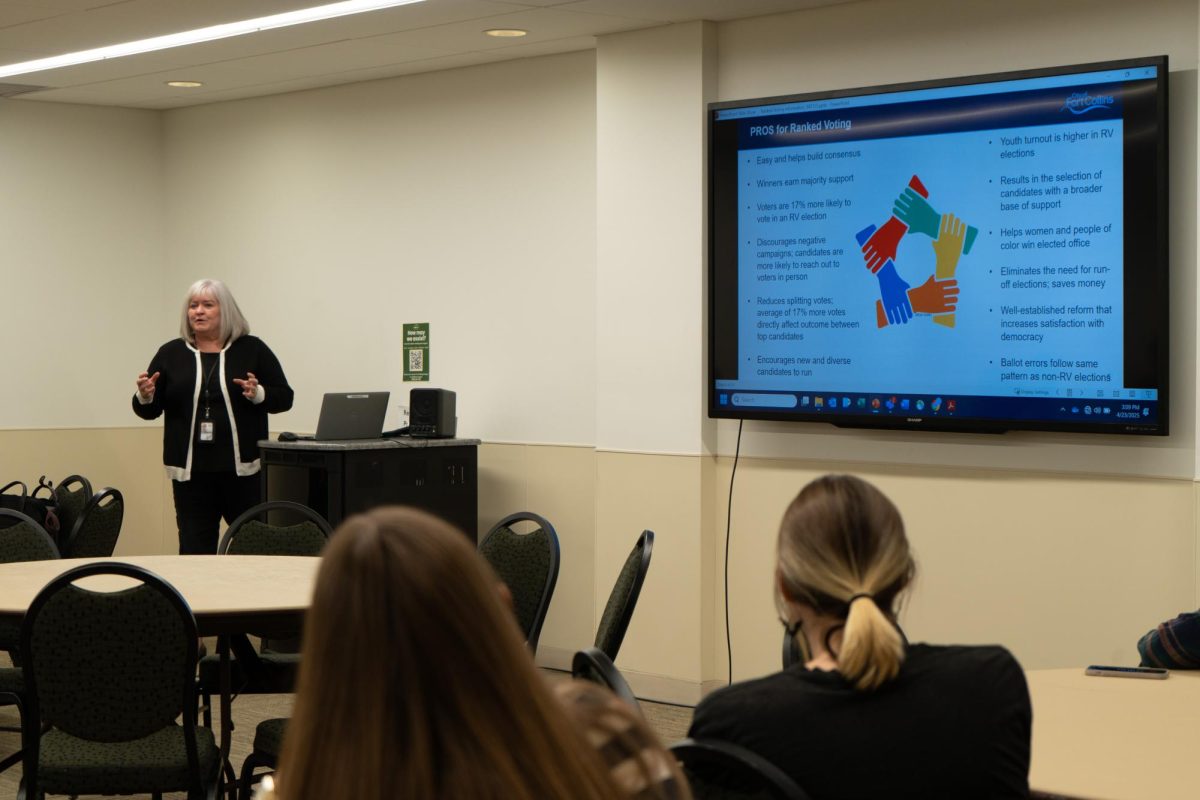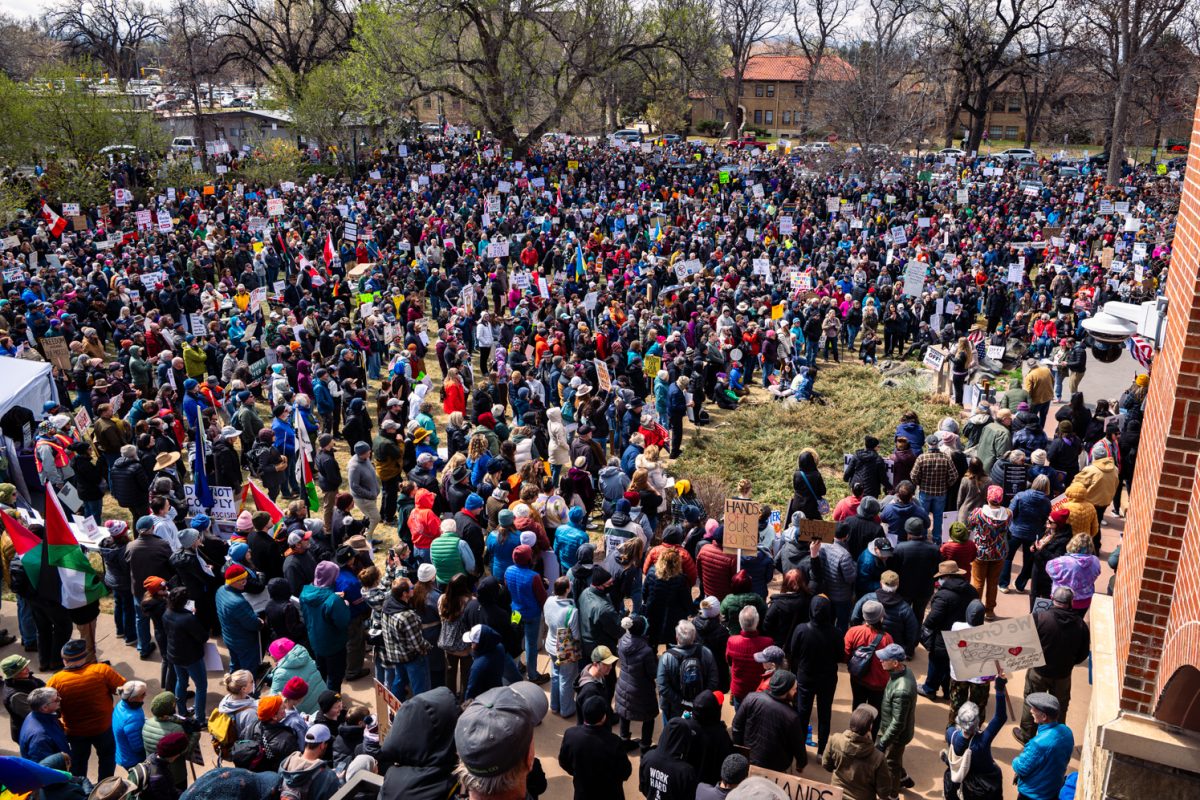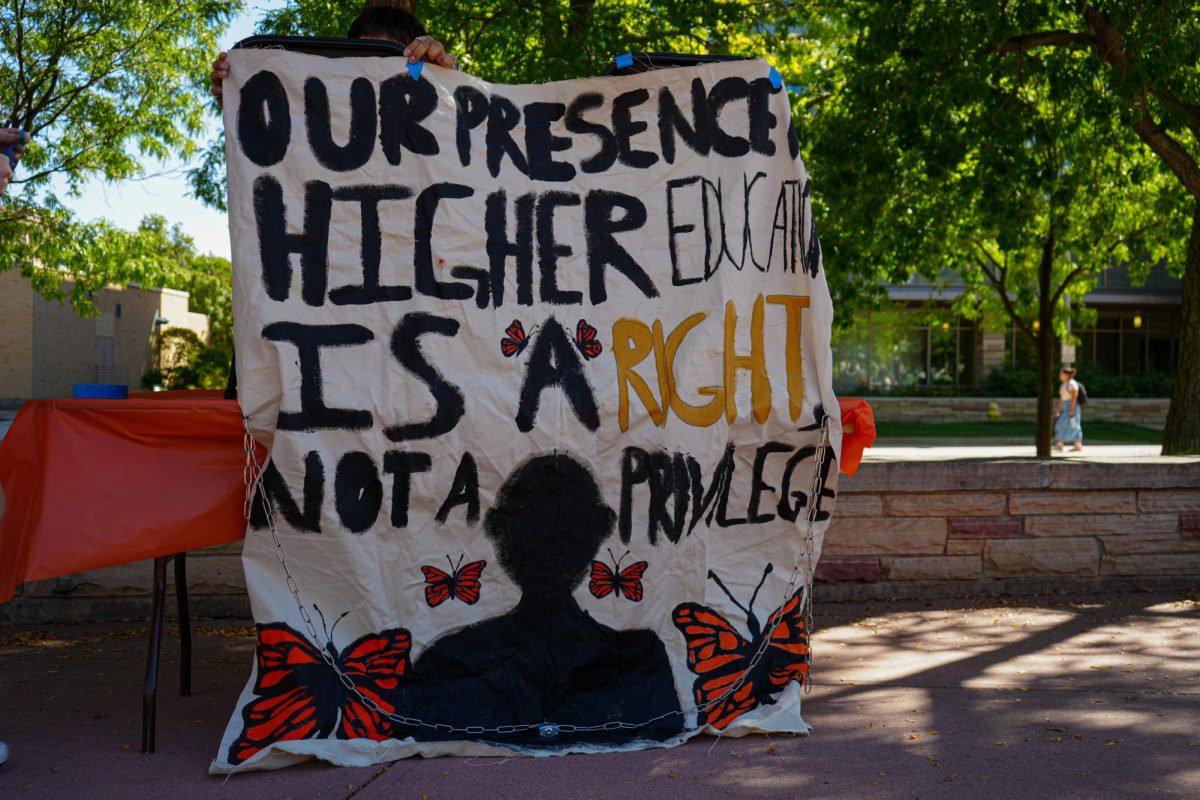You don’t have to be an atmospheric scientist to tell something has been in the air as of late.
Even in Colorado, where wildfires are a normalized seasonal event, this summer has been especially active in part due to ongoing droughts across the state.
Now, August has seen the rise of four major wildfires that, together, have burned over 300 square miles across the state with one such blaze, the Pine Gulch fire, recently taking status as the largest wildfire in state history.
Just northwest of Fort Collins, the Cameron Peak fire continues to grow at 0% containment, and while residents may be far from the flames themselves, the City felt the full brunt of the smoke this past week.
On numerous days, the usually clear skies were temporarily replaced with smoky heat late into the afternoons.
It’s the longest smoke-impacted time period in recent history for Fort Collins.”-Jeff Pierce, associate professor in CSU’s department of atmospheric science
For residents with respiratory concerns or other preexisting conditions, this change in atmosphere has been especially apparent and concerning.
“I’d wake up in the mornings coughing from the smoke coming in through my cracked window,” said sophomore horticulture major Ally Szabo.
Szabo said that even before the recent fires, she struggled with asthma due to the elevation and air quality.
“On the worst days last week, any long amounts of time outside became exhausting,” she said.
Jeff Pierce, an associate professor in CSU’s department of atmospheric science, said that some air quality readings last week reached the highest recorded levels seen in Fort Collins since 2012’s High Park fire.
#CameronPeakFire Evac Update: No new evacuations or road closures to report at this time. Fire is 22,971 acres with 700+ personnel assigned. Full details at https://t.co/6TH0KLIJYf https://t.co/cHkbcZlybd
— Larimer Sheriff (@LarimerSheriff) August 29, 2020
“Our annual average is 7.5 micrograms per meter cubed for how much particulate matter is in the air,” Pierce said.
Micrograms per meter cubed is used to measure how much particulate matter exists in a meter of air space and can potentially be inhaled.
“The concentrations we hit a couple different mornings were around the order of 150 micrograms per meter cubed,” Pierce said. “It’s the longest smoke-impacted time period in recent history for Fort Collins.”
The suddenness and intensity of the smoke isn’t just bad luck, either, Pierce said. What Fort Collins has been experiencing is unique to Northern Colorado due a combination of multiple geographic features.
“Smoke just kinda pools down the Poudre River valley,” Pierce said “And it flows down, basically a smoke river atop the actual river, and dumps out the Poudre River valley, covering Fort Collins.”
The California wildfires, thousands of miles away, are also impacting air quality in Fort Collins. Smoke traveling out of Northern California is caught in jet streams carrying it across Nevada, Idaho and Wyoming, finally washing out across Northern Colorado, according to Pierce.
These incredibly high concentrations of smoke traveling across Colorado, combined with Weld County’s oil and gas emissions and ozone issues that have long plagued the I-25 corridor can quickly become a health concern for any individual, regardless of preexisting conditions, Pierce said.
Coupled with the ongoing COVID-19 pandemic in which those experiencing respiratory problems are among the most vulnerable, wildfire smoke is now a growing concern for public health officials in the west.
Numerous emergency press briefings have encouraged residents to stay safe and vigilant while the current fires are taken under control, but they emphasized that the potential for more fires like them is far from gone.
“It will take a season-ending event such as significant, sustained rainfall or even snow for the fire to be completely ‘out,’” Bureau of Land Management officials said. “This may not take place until mid-September, October or even as late as November.”
While this weekend’s cooler weather aided fire mitigation efforts and momentarily offered respite from smoke coverage in Fort Collins, it is clear that this year’s historical wildfires and the air quality hazards they have brought won’t be leaving for some time.
Sam Moccia and Jackson Braitberg can be reached at news@collegian.com or on Twitter @SamuelMoccia and @JBraitberg.











